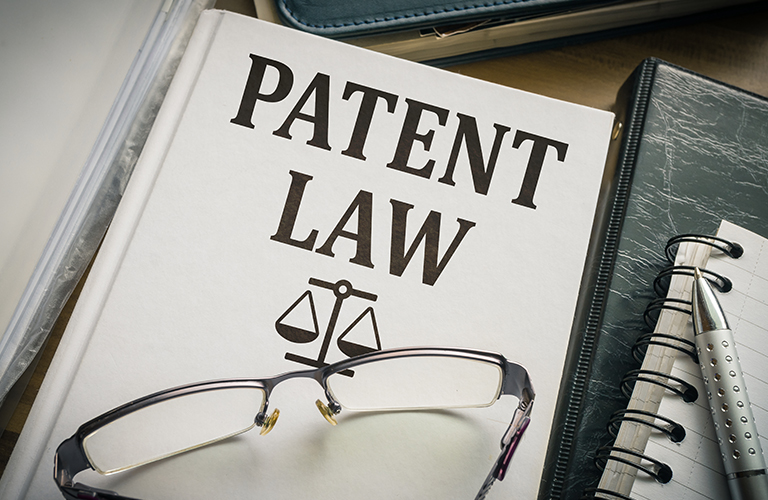
Recent decisions by the Patent Trial and Appeal Board (PTAB) have given state entities a green light to use sovereign immunity as a defense in Inter Parties Review (IPR) proceedings in certain scenarios. The first decision from the PTAB, which came earlier this year, resulted in three IPR petitions filed by Covidien LP being dismissed before institution based on sovereign immunity of the patent holder University of Florida Research Foundation Inc. (UFRF) (IPR2016-01274, -01275, and -01276). The PTAB first found that sovereign immunity was available as a defense to IPRs. The Board then concluded that, because UFRF was an arm of the state and had not waived its sovereign immunity by initiating litigation against the petitioner Covidien LP in state court, the IPRs filed by Covidien should be dismissed. This first decision demonstrates that state entities who initiate litigation in state court do not waive their sovereign immunity to an IPR that the state court defendant may later file. However, the PTAB noted that “[b]ecause there is no related federal district court patent infringement (or declaratory judgment of validity) case brought by Patent Owner, we do not decide here whether the existence of such a case would effect a waiver of sovereign immunity.” IPR2016-01274, -01275, -01276, Paper No. 21, FN 4).
The scope of the sovereign immunity defense in IPRs became more defined in May 2017 when the PTAB decided that an IPR cannot proceed without a university that retains certain rights to a patent because the university remains a necessary and indispensable party to the proceeding. In that particular proceeding, the patent owner University of Maryland, Baltimore (UMB) did not file its Motion to Dismiss until after the IPR had been instituted (IPR2016-00208). The Board found that UMB’s licensing activities with a third party other than the petitioner and its participation in the IPR prior to invoking a sovereign defense did not waive sovereign immunity with regard to the IPR. In addition, petitioner Neochord’s arguments that UMB should not be considered an indispensable party to the IPR since the UMB’s licensee was paying for and controlling the defense of the IPR were unsuccessful. The PTAB, finding that the defense of sovereign immunity was available and not waived by UMB, dismissed the IPR.
Likely guided by these two decisions, the Regents of the University of Minnesota (UM) recently filed Motions to Dismiss six IPR petitions filed by Ericsson in March 2017 (IPR2017-01197, -01186, -01219, -01200, -01213, and -01214). The PTAB has not yet ruled on the pending Motion to Dismiss, but briefing by the parties is now complete. Since the fact pattern in this series of IPRs differs from the previous two, the PTAB’s decision will help to settle a question left unanswered by the decision in the Covidien IPRs, i.e., does a state entity waive sovereign immunity for a later-filed IPR by initiating patent infringement litigation in district court? Indeed, this fact pattern involves a petitioner that intervened in a district court litigation initiated by UM involving the same patents challenged in the IPRs. Among other arguments, UM takes the position that “[t]he waiver of sovereign immunity resulting from a state filing a lawsuit . . .applies only to compulsory counterclaims in the same action and in the same forum.” IPR2017-01197, Paper No. 8 at 1 (emphasis added).
There are other unanswered questions left by the recent decisions including whether the PTAB’s dismissal of the IPRs are appealable. While the Supreme Court held that the PTAB’s decision to institute IPR is non-appealable in Cuozzo Speed Tech., LLC v. Lee, 136 S. Ct. 2131, 2141 (U.S. 2016)), it left the door open as to the possibility of review of PTAB institution decisions that (i) implicate constitutional questions, (ii) depend on other less closely related statutes, or (iii) present other questions of interpretation that reach well beyond 35 U.S.C. § 314(d). Since sovereign immunity is based on the Eleventh Amendment, institution decisions based on sovereign immunity arguably involve a constitutional question. In addition, it is yet to be confirmed that the defense of sovereign immunity is available in other AIA proceedings such as Post Grant Review (PGR) and Covered Business Method (CBM). However, since these proceedings have strong similarities to IPRs, it is likely the defense will also be available in PGRs and CBMs.
In short, the future looks promising for the use of sovereign immunity as a defense in AIA proceedings. The PTAB’s decision in the Ericsson IPRs and any appeals to the Federal Circuit from these recent and upcoming decisions will help to draw a more complete picture.

